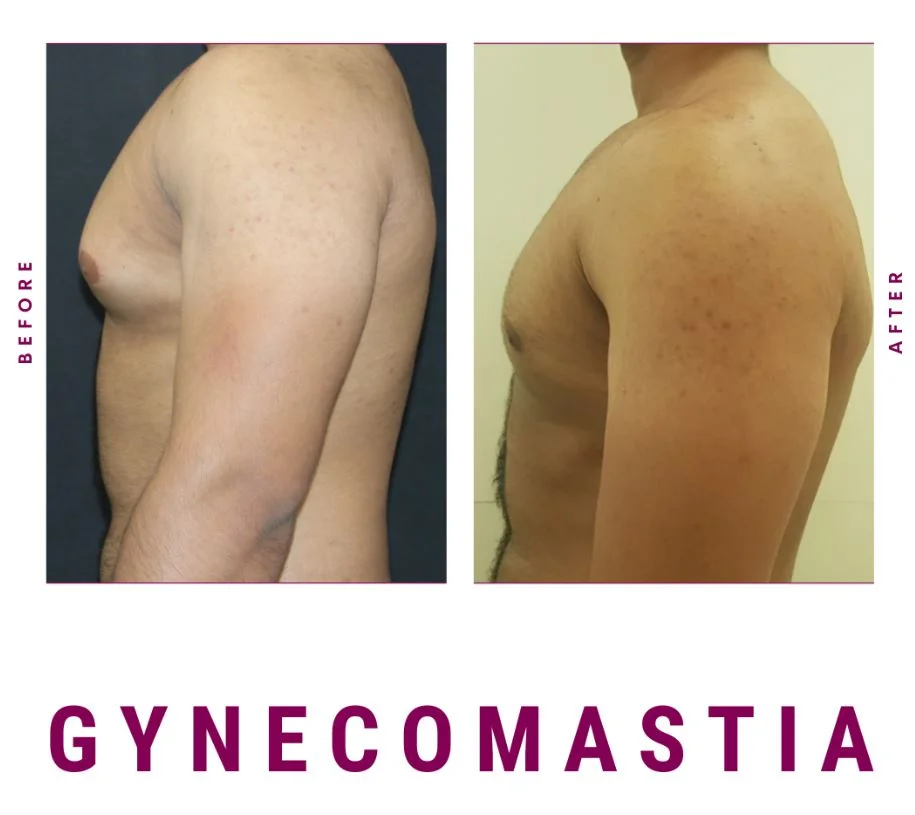Gynecomastia Surgery – Emancipating the Males from Enlarged Breasts
Gynecomastia – its Specifications and Reasons
Gynecomastia is a physical condition from which almost 50 to 65% males around the world. In this condition, males suffer from significantly enlarged breasts causing embarrassment and low self-esteem for them. It can cause emotional discomfort as well. Even some men avoid certain physical activities to conceal their condition. Gynecomastia surgery, technically called reduction mammoplasty reduces breast size in men and enhances the chest contour as firm and flat. In some severe cases, the weight of breast tissues may cause the breast to sag and stretch the areola. In these cases, the excess skin is removed and the position and size of the areola is surgically improved.

Specifications and Reasons
The fundamental cause of this condition is an imbalance between estrogen, testosterone and androgen hormones. Estrogen is the hormone that makes breast tissues grow, while testosterone stops estrogen from making breast tissue grow. Testosterone is typically higher in males and estrogen is higher in females. When men’s bodies produce too much estrogen or less testosterone then they may have large breasts. It can occur in both the breasts (bilateral) though some patients may have unilateral breasts (asymmetry between both the breasts). This condition is specified by---excess fat, excess glandular tissue development, excess breast skin or uneven growth of both the breasts.
Sometimes people have enlarged breasts due to obesity, not based on the glandular tissue then this condition is called Pseudogynecomastia.
Enlarged breasts or overdeveloped breasts in men can be the result of hormonal changes, puberty, heredity, excess weight gain, due to the usage of steroids and certain drugs like marijuana. This condition can occur at any age in men.
At infant age:-More than half of infants are born with enlarged breasts or breast buds and the reason behind this is the mother’s estrogen levels. Usually, these swollen breast tissues go away within the period of two to three weeks after birth.
During Puberty:- this condition is quite common at this stage of a male’s life. There is a lot of hormonal fluctuation in the body during puberty. There is a significant surge in estrogen and drop in testosterone hormones that cause growth in breast tissues. When hormone levels even out, it may go away without treatment within six months to two years.
Adulthood:- enlarged breasts are common in men approaching older age. Men’s bodies produce less testosterone at older age. They can become obese as well which stimulates estrogen production and breast tissue growth.
Newborns, boys going through puberty and older men may develop gynecomastia as a result of normal changes in hormone levels, though other causes also exist. It may go away with time. But if it persists, and you feel pain and embarrassment then surgery can help you out with conditions.
The right candidate for this surgery is the person:-
Your surgeon will perform some lab tests, MRI, Scan before the surgery to know your physical condition and will do a mammogram with our consent.
The techniques to resolve your condition
Risks and complications
Generally gynecomastia is incredibly safe and sound surgery with which patients have smooth and quick recoveries. It has very few physical complications though patients can have emotional or psychological issues after the surgery. Your surgeon can easily play the role of your counselor to overcome this emotional imbalance. Some common complications can be-
Most of these aftereffects are temporary and will be subsided in the period of 10 to 14 days. Undoubtedly, utmost care is required from the surgeon and patient both while choosing the technique and while following the pre/peri/post operative instructions in order to achieve the desired results and to minimize the risks and complications.
Measures to overcome all the possible after-effects
It is a permanent solution to the problem you are suffering as the root causes—fat and glandular tissues are removed therefore there are no chances of recurrence. It is vital to follow your surgeon’s instructions to avoid all the possible risks that can hinder your recovery. He will recommend you -
Note:--It is extremely imperative that you seek the answers to all your questions from your surgeon at the time of consultation and during follow-ups as well.
SURGERY BEFORE & AFTER PHOTOS